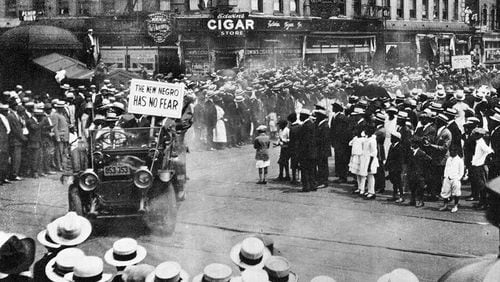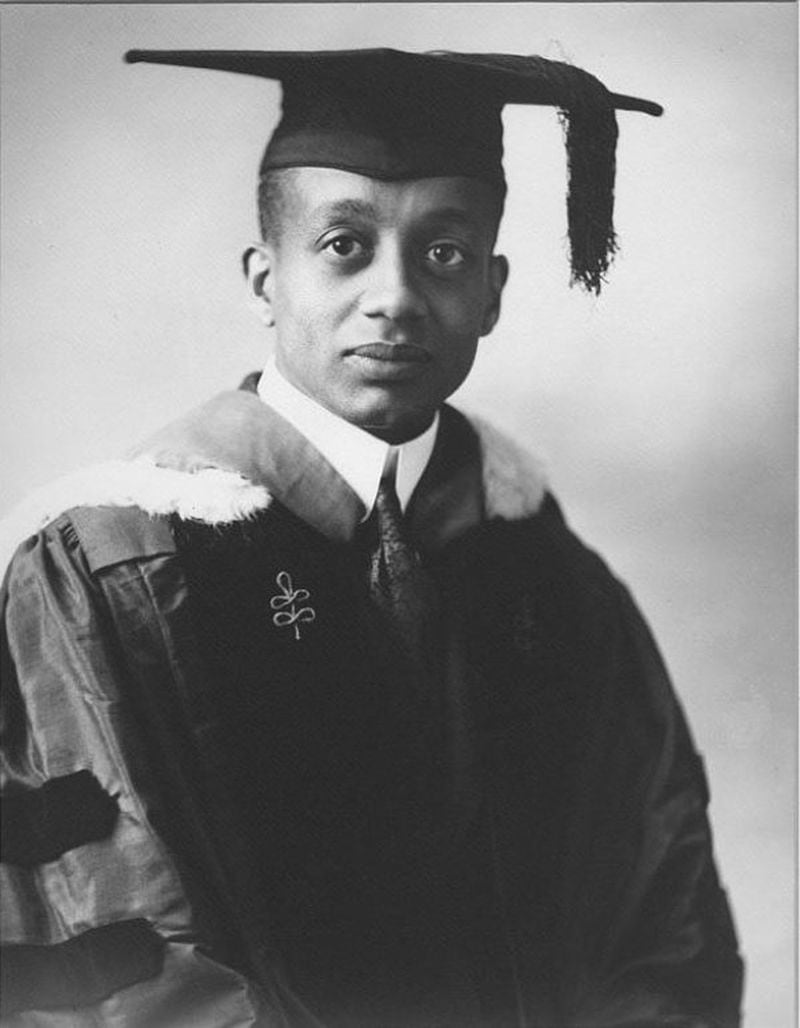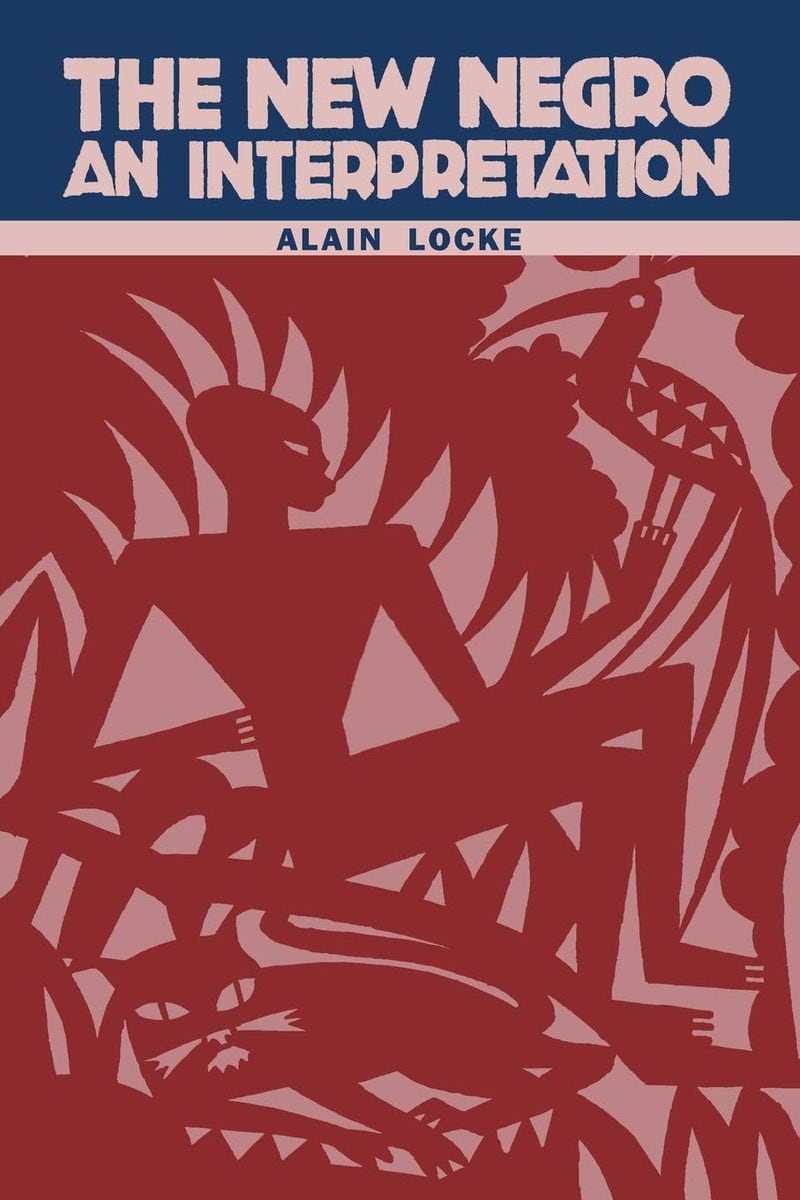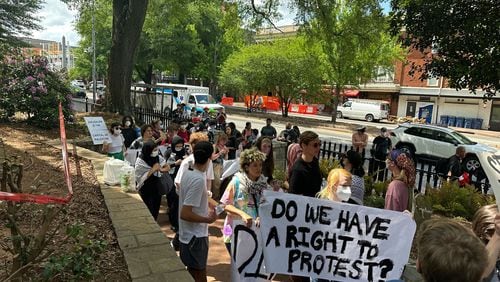Alain Locke never lived in Harlem. He was not an artist or editor. But in 1925, the Harvard graduate and the first Black Rhodes scholar in 1907, conceived a work that would capture one of the most important moments and movements in Black culture.
“The New Negro: An Interpretation,” curated by Locke, has come to be known as the bible of the Harlem Renaissance, the cultural awakening in the 1920s when Black Americans used the creative arts to shift the narrative about Black identity.
The anthology, which had its roots in a special edition of Survey Graphic magazine devoted to Harlem, featured contributions from Black artists and intellectuals including Rudolph Fisher, Jean Toomer, Zora Neale Hurston, Langston Hughes, and Walter White, the Atlanta-born civil rights advocate who would later serve as executive secretary of the National Association for the Advancement of Colored People (NAACP).
According to some scholars, “The New Negro” was the first literary attempt to revise the perceptions of Black America since W.E.B DuBois published “The Souls of Black Folk” in 1903.
In much the same manner that DuBois challenged the idea that Black Americans should focus on learning trades as opposed to seeking a classical education, so did Locke’s New Negro suggest that the time had come for Black Americans to dispense with stereotypes placed upon them by white America.
“The Negro himself has been more of a formula than a human being ... a something to be argued about, condemned or defended ... a social bogey or a social burden,” wrote Locke who served as Chair of the Philosophy Department at Howard University for many years.
The Old Negro, he said, was more a myth than a man and his day had come to an end.
The New Negro, particularly among the younger generations, was no longer too distracted or too depressed to have a perspective on art or to offer informed criticism of self or society. “The American mind must reckon with a fundamentally changed Negro,” Locke wrote.
“He saw this tremendous effort he was putting in to develop and advance the New Negro as an important means of advancing black striving,” said Michelle Y. Gordon, senior lecturer in African American Studies at Emory University. “He is one among many who sees culture and the arts as a means by which Black people can demonstrate their humanity to non-Black people and help facilitate their recognition and inclusion in the human family and thus be deserving of human and civil rights.”
The New Negro was concerned with racial pride, self-determination, self-expression through art and culture and progressive politics. And while this “Negro Renaissance” was happening across the country, there was ongoing debate about whether Harlem was its true center.
“I don’t call it the Harlem Renaissance. That has confined and narrowed our perception of what that renaissance really was and has overly determined Harlem as the center of things,” said Gordon. “I call it the New Negro Renaissance.”
This viewpoint was shared by some Renaissance participants such as poet Sterling A. Brown who wrote a 1955 essay arguing that few of the significant participants of the movement lived in Harlem and that much of the best writing was not about Harlem. Harlem, he said, was merely a “show-window.”
The audience of Locke’s anthology on Blackness was largely international, white and progressive, not unlike the patrons of Harlem Renaissance artists. Locke would faced criticism for filling the pages with the voices of the Black elite.
Credit: Amazon
Credit: Amazon
“There was a sense of generational and class conflict within it as far as who gets to speak for Black people,” Gordon said. “Who gets to control the image?”
In 1926, some of the younger writers from “The New Negro” would develop their own journal, “Fire!!” in which they offered a different presentation of Black life and racial struggles, said Gordon.
But in “The New Negro,” the essay, poetry and fiction writers offered a vision of Black people that communicated their lived experience and reflected the economic and social context of the time.
In Rudolph Fisher’s “The City of Refuge,” a transplant from North Carolina arrives in Harlem after shooting a white man in his home state. But the streets of Harlem prove too tough when a slick hometown acquaintance sets him up for a crime and watches as police haul him away.
Though the Renaissance, at least the one in Harlem, was short-lived (it became another casualty of the Great Depression) — its impact continues to resonate.
We continue to see efforts to offer positive images and representations of Black people in books, particularly for young readers, said Gordon. We can also see important New Negro-era protest roots and foundations in Black Lives Matter and related struggles.
“I would urge us all to understand that this New Negro Movement or renaissance was so much broader and more diverse and rich than the version most of us have inherited,” Gordon said. “A lot of people only know Langston Hughes but there is so much more.”









